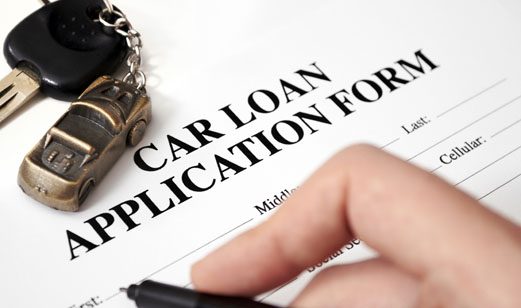A new phenomenon occurs: Consumers across the Atlantic do not hesitate to go into debt for used cars. More and more consumers, with a low credit score are turning to second-hand market for a new car, using a subprime car loan.
Recurrence of the subprime mortgage bubble
This phenomenon is nothing new. Remember a decade ago, the real estate crisis caused by a similar bubble. Subprime auto loans became important business along with subprime mortgages, following the monetary expansion of the years 2001 to 2004.This come back of subprime loans is exactly what Wall Street had promised to avoid in the future. But don’t worry, bubble or not, it is far different from the past with subprime mortgages.
Some financial experts agree to say that the risk is quite non-existent. To banks, this type of consumer represents a high solvency risk. Regulators recently rang the alarm. The durations of the loans are growing, while borrowers have modest incomes. Obviously, there may be some losers in that race for loans, but their exposure is going to be much smaller than for the housing bubble.
The car loan market is certainly far smaller than the housing market and, unlike the housing bubble, car loans are short term loans (five years or so). Moreover, interest rates are fixed so assuming rise, consumers will not be directly affected by this phenomenon. Further, the systemic risks to the US economy from an overheated car loan market are modest even if the risks to individual consumers and investors are significant.
Is there an auto-lending bubble?
Obviously, the U.S. auto market is booming
We don’t know for sure if there is a bubble, but it bears watching! This emerging bubble in subprime auto-financing is mainly due to low interest rates. In the United States in the second quarter 2014, 85% of new cars and 53.8% of sold used cars were financed by loans. There is a real proliferation of long-term, low interest loans for borrowers with high credit scores and increased subprime lending for credit-challenged consumers. Compared with 2013, this represents increases of 0.5% and 0.9%. In addition, the average loan used vehicles increased by 1.9% to $ 18,258 (€ 14,103), while the average rent for new cars rises 1.1% to $ 355 (€ 274). These figures are the highest ever recorded.
This phenomenon is a great thing for economy. Indeed, more demand for cars means more jobs in automobile factoring, sales and service.. However, this rapid growth should be monitored with a watchful eye. According to a recent survey by the American center for responsible lending, 68 percent of all consumers didn’t know that car dealers could increase the interest rate.
Signs of risks in auto lending are beginning to emerge
Many car owners already suffer from high rates on expensive auto loans. Unfortunately, subprime borrowers are often willing to pay the higher fees and rates associated with these types of loans. Some of them pay sky-high rates in the United States that exceeded 23 percent!
Despite those records high balances, auto loans delinquencies rise as subprime lending gains steam: repossessions jumped 70 percent to a relatively tiny 62 percent. Consumers know that cars always depreciate in value and they know that if they try to sell their car while it is still being financed they are going to get less for the car than they owe on their car loan.
Moreover, auto loans are the third largest source of debt of American families, trailing home mortgages and students’ loans. History shows with the mortgage crisis the damage abusive financial practices can have nationally and internationally. That’s why we should perhaps be thinking about trim subprime car loan rate before it is too late.


